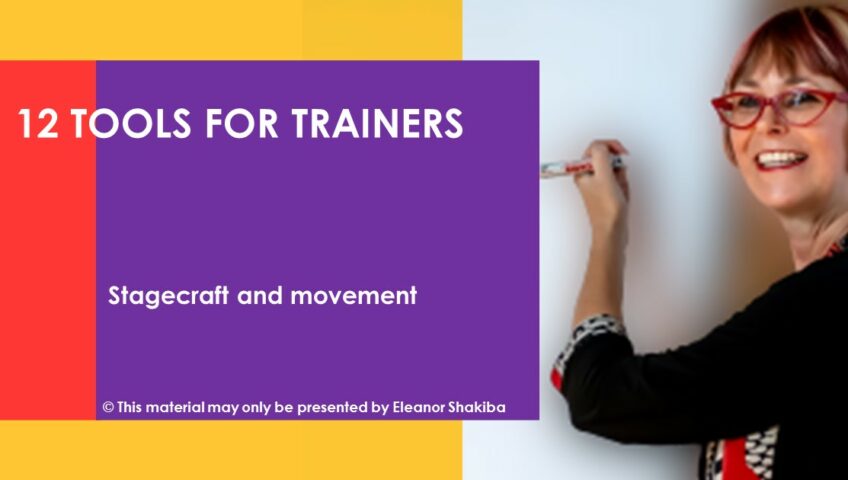Think of a training session or presentation that you deliver regularly. Are there any parts of that session that you dread delivering? If so, chances are those are the ‘dull bits’ of your content. The compliance content. The boring theory content. The policy and procedure content. You know what I mean. Lazy trainers deliver this type of content using dot point after dot point on a badly designed slide.
Not me! I see dull content as a flavourless stew waiting to be transformed into a tasty feast. The base ingredients are already in the pot: ready for me to add the right herbs and spices. My job is to choose flavourings that will appeal to the taste buds of my group. Like all master chefs, I have a few ‘secret ingredients’ I can add into my training sessions. What are your favourite ways to make a topic interesting? Here are mine.
Turning statistics into analogies
Any set of numbers actually tells a story. Your job, as a creative trainer, is to find the story and tell it. For example, in a session on safe work practices, you could turn statistics about injuries in the workplace into stories about the people those statistics represent. This type of story is often quite dramatic, so it can be a useful way to connect with your audience.
‘Spontaneously’ role-playing with course participants
If you tell participants they’re going to do a role-play, you will encounter groans and resistance. However, you can overcome this obstacle by participating in the role play yourself. Listen carefully to the stories your group participants tell. Then choose a story to enact for your group. Every session will have an extrovert who is willing to play you. During a break, ask this person, whether they would be willing to play the part of one of the people in a scenario that’s already been discussed. Then gather the rest of the group around and role-play the situation. Engage the audience by asking them to give instructions to the characters in the role-play, so that it becomes a ‘create your own adventure’ story.
Using cameras
There are many ways to use video and photo in training sessions. For example, the participants can video themselves or record themselves trying out new skills. Or they can write scripts and perform them as a way of giving feedback on what they’ve learned. In groups that are more resistant to ‘acting’, ask people to take photos of interesting objects and then relate them to your course topic. This is a great way to boost energy in the afternoon, whilst keeping your session on topic.
And remember this. Great chefs learn by testing new ingredients and trying new cuisines. Likewise, great trainers are constantly experimenting with new content and delivery methods. This keeps your learning menu fresh and your course participants hungry for more of your content.
About the author: Eleanor Shakiba
Eleanor is a specialist in positive psychology. Her passion is teaching talented people to use social and emotional intelligence to excel in business. These skills centre around building positive mindsets, proactive communication habits and purposeful leadership behaviours. Eleanor’s qualifications include degrees and diplomas in Social Anthropology, Positive Psychology, Counselling, Coaching, Adult Education and Neuro Linguistic Programming. She is also the author of the Positive Psychology Toolkit for HR and L&D Practitioners. This is a free resource for trainers and facilitators.
